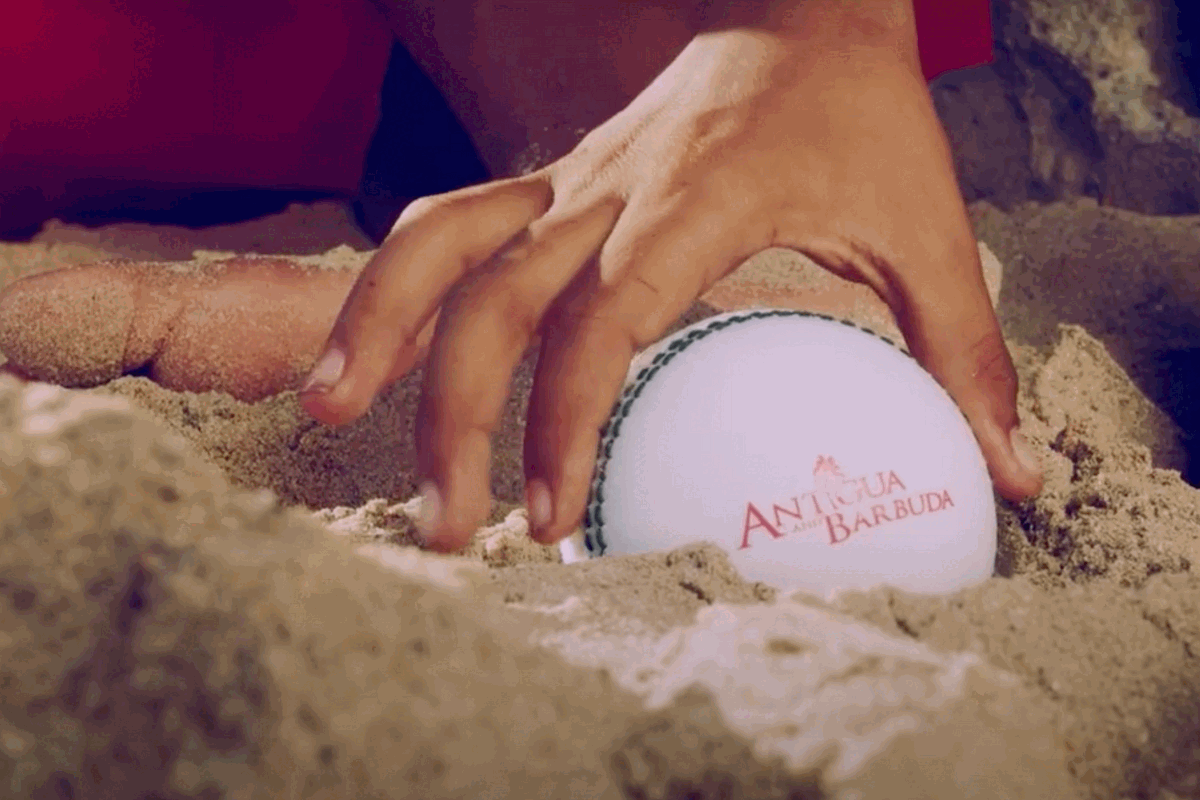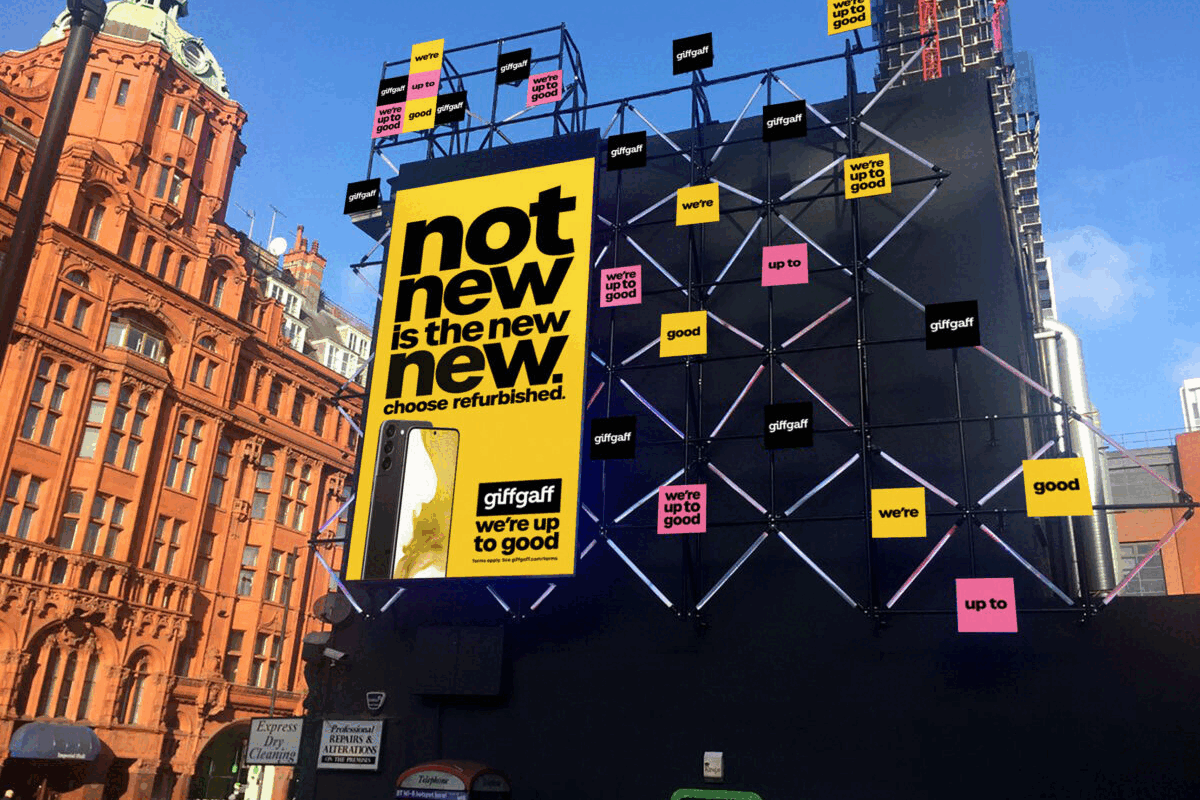2019 Awards Preview: Most Effective Integrated Campaign
- Thursday, October 10th, 2019
- Share this article:
Ahead of our 2019 Effective Mobile Marketing Awards, staged in partnership with our headline partner Dynata, and our partners DAX and TabMo, well be previewing the nominees in each category,giving you a glimpse at the high quality of entries weve seen this year. In today’s preview, we take a look at the campaigns up for our Most Effective Integrated Campaign Award.
 Volvo, Mobsta, Mindshare and Finecast – Volvo XC60 Human Innovations Campaign
Volvo, Mobsta, Mindshare and Finecast – Volvo XC60 Human Innovations Campaign
This campaign aimed to reignite interest in the Volvo XC60, which was starting to fall short of orders, showcasing its award-winning features with video to encourage people to want to experience the car themselves. A key facet of the campaign was to understand the effect it had on driving the target audience into dealerships was the primary KPI.
Volvo partnered with Mobsta to use the company’s location-derived audience data to build a segment of auto-intenders at a post code level. Audiences that had been exposed to a TV ad for the car were also retargeted with display ads, within an optimum 30 mins/5-mile drive time to dealerships.
The overall campaign effect was then measured using Mobsta’s proprietary data and an exposed and control methodology at the device level – the first time this data had been used to buy against and measure a TV campaign. To do so, Mobsta’s data scientists had to devise a new methodology using machine learning to handle the volume of data a highly targeted national TV campaign produces.
Footfall volumes were compared across two time periods: pre-campaign (90 days previous) and post-campaign (from campaign start to 30 days post), using density-based cluster analysis to identify catchment areas and assign impression delivery to each dealership, in order to measure relative exposure to the campaign.
Mobsta was able to report results for each delivered media channel – linear TV and addressable TV – at a regional level and mobile media at a dealership level. This methodology gives Volvo actionable insights for future campaigns, as it has a better understanding of which regions performed best, thus identifying areas requiring greater focus or the need for alternative channels. Overall, the campaign drove an uplift of more than 30 per cent in dealership visits across all channels.
JBL and Dept Agency – Road to Boateng
With this campaign, JBL wanted to tap into the excitement surrounding the 2018 FIFA World Cup to promote sales of its E-series headphones. The challenge here was that the company was not an official event sponsor, and FIFA has strict rules over non-sponsors referencing the competition name in their ad campaigns.
Working with its agency, Dept Agency, JBL turned to its main sports ambassador, German World Cup winning hero, Jerome Boateng, and created a story around one of his fans, Max, who was determined to follow Boateng all the way to Russia and eventually persuade him to give him his favourite JBL headphones.
#RoadToBoateng was an integrated campaign, focusing on digital and social, that picked up the action where the TV ad ended, the moment when Boateng decided not to give Max the headphones he wanted so badly.
The TV ad set up the premise of the story, showing Max’s disappointment at being thrown Boateng’s shirt, and not his JBL E-series headphones.
Numerous social, digital, display and radio ads ran strategically after the airing of the TV commercial, online, on social, on radio, and outdoor, in locations where matches were being shown to the public on giant screens. On social, JBL created full-screen mobile content using Instagram and Facebook Canvas ads, making the experience highly immersive.
The campaign delivered 1m completed video views, 70,000 social engagements, and 45,000 clicks to learn more about the campaign. Prospects spent a total of 600 hours engaging with the campaign. Sales of JBL headphones and mobile headsets also increased significantly.
Max Bupa and Zapr Media Labs – GoActive Campaign
Max Bupa, India’s leading health insurance brand, was looking to amplify its TV ads promoting a new insurance offering called ‘GoActive’. The challenge for Max Bupa was to find select priority segments and target them online, and create enough impact to evoke maximum response for their ads.
To do so, the company leveraged Zapr Media Lab’s Audio Content Recognition (ACR) cross-screen targeting technology to integrate TV and digital platforms across a user base of more than 70m people.
The system uses a Software Development Kit (SDK) that is integrated with more than 70m smartphone devices via user opt-ins. Audio fingerprints are created on user’s smartphones whenever media content is detected in ambient audio across more than 650 TV channels. These fingerprints are sent back to in-house servers and matched with the fingerprints of TV channels with a degree of accuracy of more than 99 per cent. By syncing TV ads with immediate mobile engagement, Zapr would create a virtual point-of-sale for the brand’s offline ads on every targeted user’s mobile.
In addition, each time somebody watched another insurance brand’s ad on TV, Max Bupa would ensure they were immediately targeted with GoActive video ads on their mobiles. And as well as engaging with people who had direct TV exposure, Max Bupa also drove incremental reach among non-direct markets who are also a priority based on their exposure to premium brand ads.
Zapr identified the precise offline target audiences, with an added demographic filter of ‘males and females aged 30+ years’. The campaign was executed with geo-specific filters reaching audiences located only in metropolitan cities such as Delhi, Mumbai, Kolkata and Chennai, in order to reach audiences in the prime of their careers and who would be most likely to be able to afford insurance premiums, given their urban status.
The target audience base was directly plugged into effective digital platforms including Facebook and Doubleclick. The campaign reached the identified audiences directly on their social newsfeed and also on any app they used during the campaign.
The campaign reached 1.6m unique individuals and drove three times as many visits to the Max website, compared to competitors who also advertised on TV during the same time. The video ads achieved a completion rate of 41.2 per cent. A post-campaign study also revealed significant uplifts in brand recall and purchase intent.
McDonald’s and Creata – Dinosaurs AR Charity Book
When a kid gets a Happy Meal at McDonald’s he or she also gets a toy. But since 2016 in fact, kids, and their parents, have been able to choose between a toy and a book. Moreover, every time a child chooses a book rather than a toy, McDonald’s donates 10 euro cents to the Ronald McDonald House Charity which supports families with seriously ill or injured children. In Germany alone, the initiative has raised several hundred thousand Euros for the charity.
Last year, McDonald’s decided to add to the reading experience using augmented reality. It produced a one-off book called ‘Dinosaurs’, complete with AR content. Dedicated pages in the book, marked with an AR icon, could be brought to life through the power of AR via a dedicated app. To make it easy to get the app, a QR code within the book linked the user directly to the relevant app store.
The results of the campaign were submitted for the judges’ eyes only, but were very impressive.
Tata Motors, Zapr Media Labs and Havas Media – Ads Good As Football
During the 2018 football World Cup, auto brand Tata Motors wanted to avoid the clutter on TV advertising and instead engage its audiences in India on mobile with an innovative type of ‘moment marketing’.
It planned to do this by syncing high-impact football moments such as goals, penalties, free kicks and yellow cards, with contextually-relevant mobile ads, targeted only to viewers watching the tournament live on television. The campaign’s goal was to create brand awareness among the Indian youth for the brand’s commercial vehicle, TATA Ace Gold. According to Statista, around 60 per cent of FIFA World Cup viewers on TV are males aged 16-34, an ideal audience for the vehicle.
To do so, Tata Motors and its agency Havas Media leveraged Zapr Media Lab’s Audio Content Recognition (ACR) cross-screen targeting technology to integrate TV and digital platforms across a user base of more than 70m people.
The system uses a Software Development Kit (SDK) that is integrated with more than 70m smartphone devices via user opt-ins. Audio fingerprints are created on user’s smartphones whenever media content is detected in ambient audio across more than 650 TV channels. These fingerprints are sent back to in-house servers and matched with the fingerprints of TV channels with a degree of accuracy of more than 99 per cent.
The time-synced mobile campaigns started within five minutes from when the moments aired live on TV. Thus, the marketing challenge was one of targeting – detecting FIFA viewers who belonged to the brand’s target group, among active mobile users who were watching those micro-moments live, and executing ads with controlled frequency caps.
To do so, Zapr used Google Advertising ID (GAID), and identified unique viewers from its 70m user base and matched them against FIFA content stored on its servers. The same IDs are targeted across major publishers and trusted exchange networks across the mobile ecosystem
The scale of the campaign was customized across different match days, depending on how viewership changed. This way, Tata’s ad dollars were utilized purely to engage FIFA viewers who were active during specific match days. Ads were shown across all app categories including e-commerce, games, lifestyle, music, news, etc. to maximize reach and get highest visibility for the brand.
The campaign was a huge success. It delivered 16.2m in 20 days, and engaged 5.4m unique FIFA viewers without and TV spend.
The Effective Mobile Marketing Awards Ceremony takes place in London on 14 November. To book your place at this celebration of the best in mobile marketing, click here.















